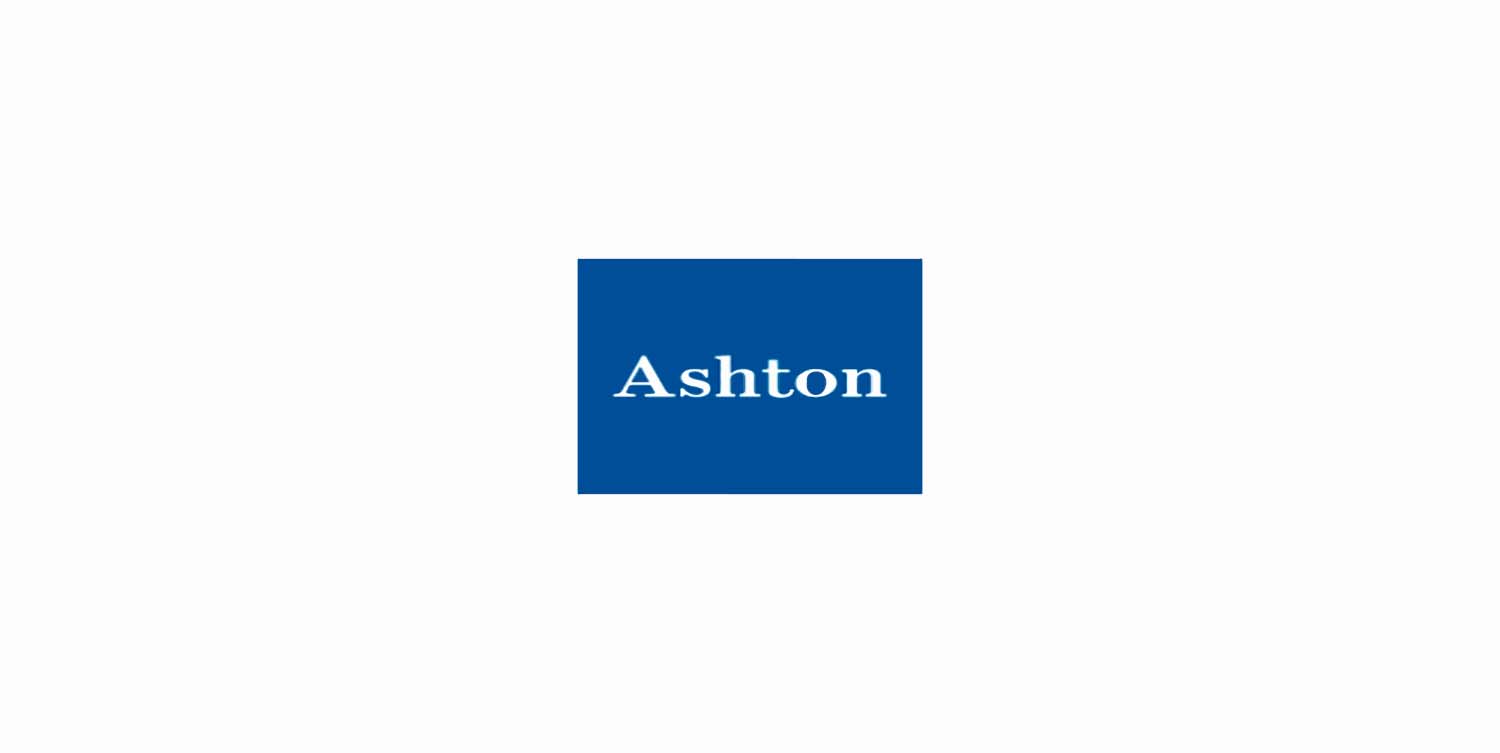
Online
22 Hours
$495
Start Date
Part-Time:June 26, 2024 - September 4, 2024
Schedule: Webinars will be held Wednesdays from 5:30 to 7:30 pm PST
Register TodayThis comprehensive Red Seal Exam Preparation course gives you the in-depth knowledge and practical skills you need to confidently take and pass the Steamfitter/Pipefitter Red Seal Exam. The course curriculum closely follows the Red Seal Occupational Standard, ensuring that you are fully prepared for all aspects of the exam and ready to excel in your career as a licensed steamfitter/pipefitter. For more information on Red Seal trades, review our blog articles here.
Red Seal Steamfitter/Pipefitters are essential tradespeople who play a critical role in the construction and maintenance of various piping systems. They ensure the safe and efficient flow of water, steam, fluids, gases, and chemicals in a wide range of applications, including:
The workday of a Red Seal steamfitter/pipefitter can be varied and challenging. They may spend their days:
Steamfitter/pipefitters must be adaptable and willing to work in a variety of environments, including indoors, outdoors, at heights, and in confined spaces. They must also be physically fit as the job can be demanding and require lifting heavy objects.
With experience, you can advance to become a foreman, contractor, owner, superintendent, or instructor.
Important Note:
Before enrolling, contact your local trades authority to confirm your eligibility for the Red Seal Exam.
Ready to become a Red-Seal Certified Steamfitter/Pipefitter? Register today!
Subject to change without notice



In 2001, Junior passed his CWB Level 2 Visual Inspectors’ certification and started doing shutdowns as a Quality Control Supervisor on different sites across the country. During this time, he ended up spending a lot of time training and testing welders for ASME Section IX certifications and has provincial welder testing accreditation in Saskatchewan.
Kevin Soley is a journeyman and Red Seal welder who has been in the welding trade for 26 years. He started his welding apprenticeship at Red Deer College in 1992 and received his Journeyman and Red Seal Status in 1994. Next, he passed his Alberta B- Pressure test and successfully ran his own welding business for 25 years. After acquiring his Red Seal Certification, he has had the privilege of welding all across western Canada. In 2013, Kevin started a different journey as an instructor in the welding trade. He was fortunate enough to receive an award as “Southern Alberta’s Top Trades Instructor” in 2014. This nomination came from students he had taught over the years. He feels that his success in the teaching field comes from understanding students and being able to present the information in a way that students will understand. He learns as much from his students as he teaches them. He is a tradesperson, just like his students, but with a little more knowledge of the trade.
The registration fee for this course is $495.
Note: Tuition fees do not include the cost of the required textbooks. The textbook fee is approximately $59.95
Ashton College does not sell textbooks directly. Students are required to purchase their textbooks through third-party vendors.
Get the Best of Both Worlds: Live and Asynchronous Learning at Ashton College
Ashton College understands that everyone learns differently, which is why we offer a unique blended learning approach for our live online courses. This approach combines the real-time interaction and immediate feedback of live sessions with the flexibility and self-paced learning of asynchronous materials.
Experience the benefits of both worlds:
Live Online Sessions:
Interact with instructors and classmates in real-time using interactive sessions, breakout rooms, and screen sharing.
Get instant feedback and ask questions for a deeper understanding.
Asynchronous Learning:
Learn at your own pace with recorded lectures, online readings, and discussion forums.
Review materials as needed and revisit difficult concepts for better comprehension.
We encourage you to participate in both components to maximize your learning experience:
Enjoy the interactivity and community of live sessions.
Benefit from the flexibility of studying at your own pace.
Technical Requirements:
Computer System: Fully functional computer with webcam, speakers, and microphone (headset recommended).
Internet Connection: Reliable high-speed internet connection.
Device: While accessible on smartphones and tablets, we recommend using a laptop or desktop computer for a better learning experience.
This program/course does not require approval by the Private Training Institutions Branch (PTIB) of the Ministry of Post-Secondary Education and Future Skills. As such, PTIB did not review the program/course.

